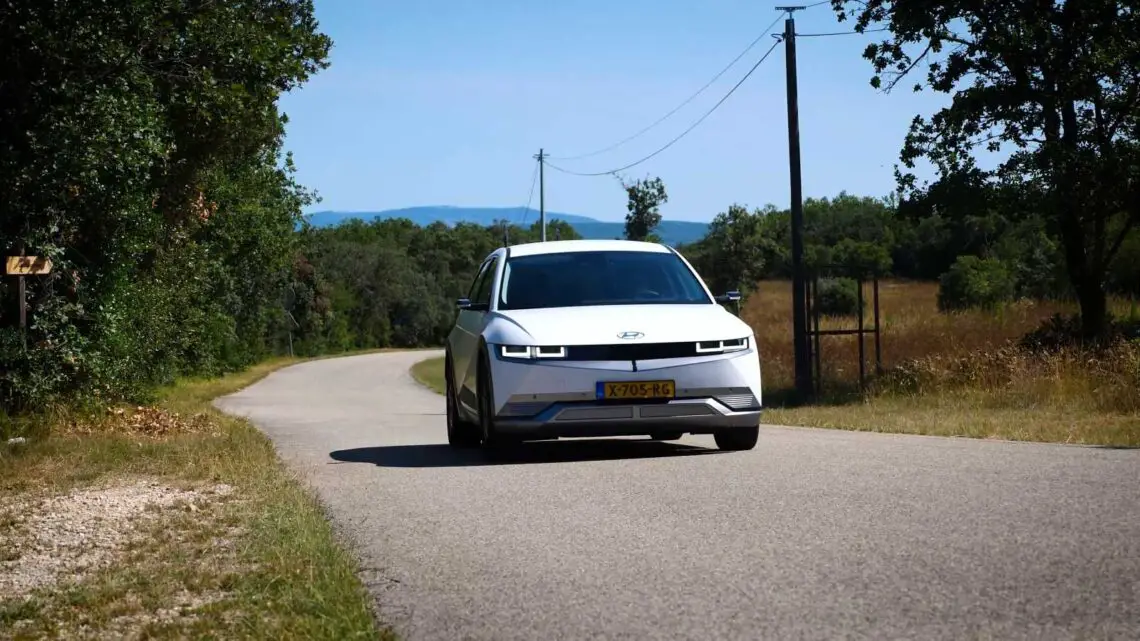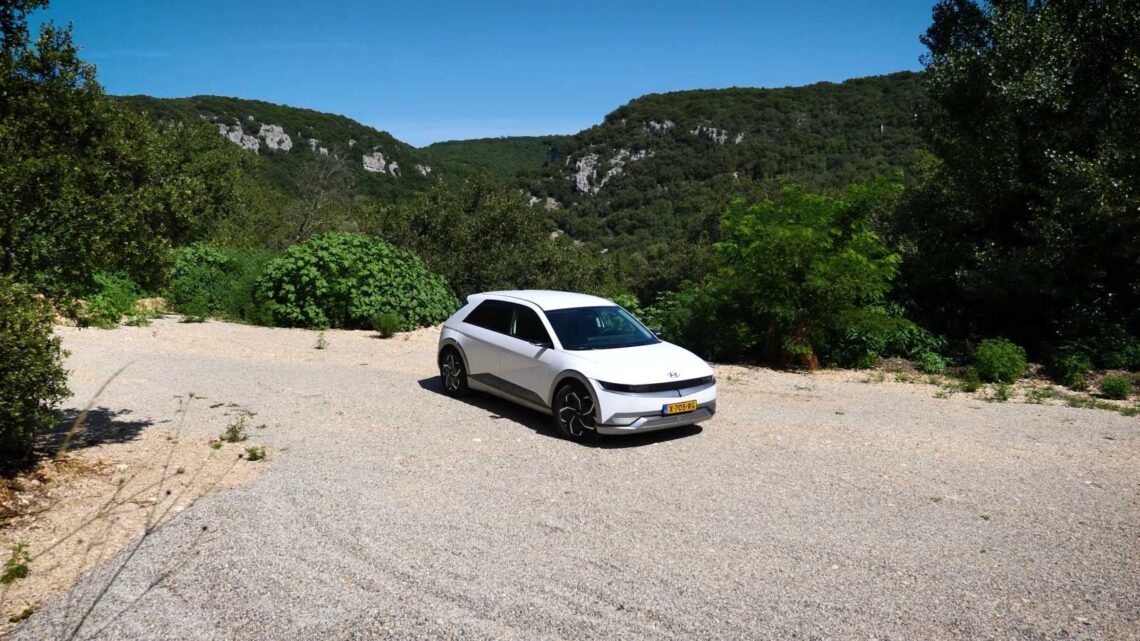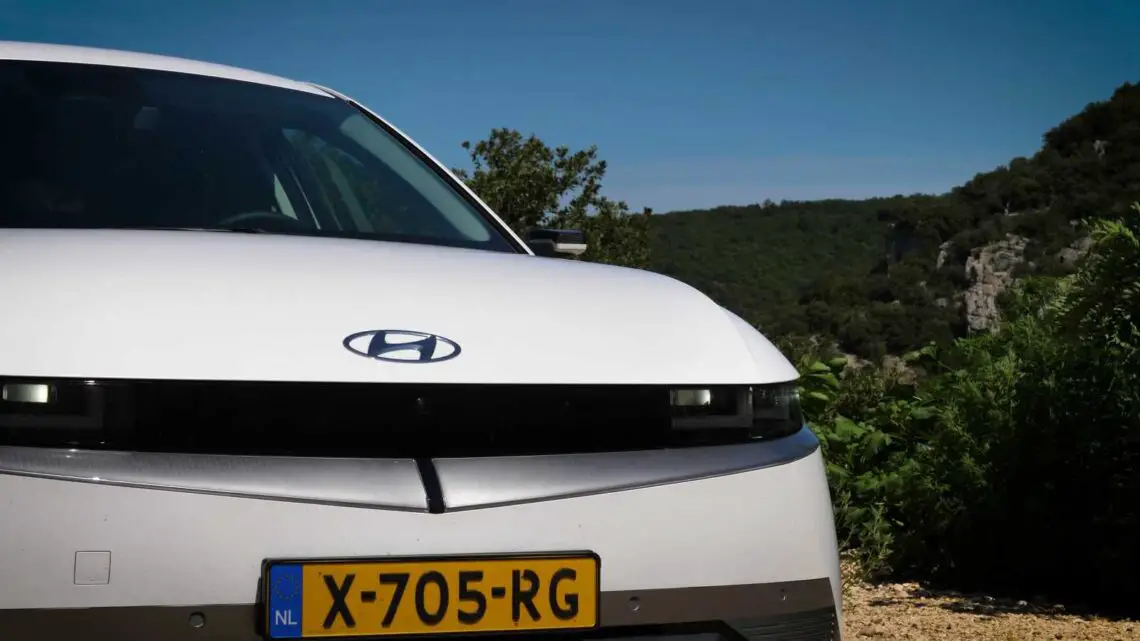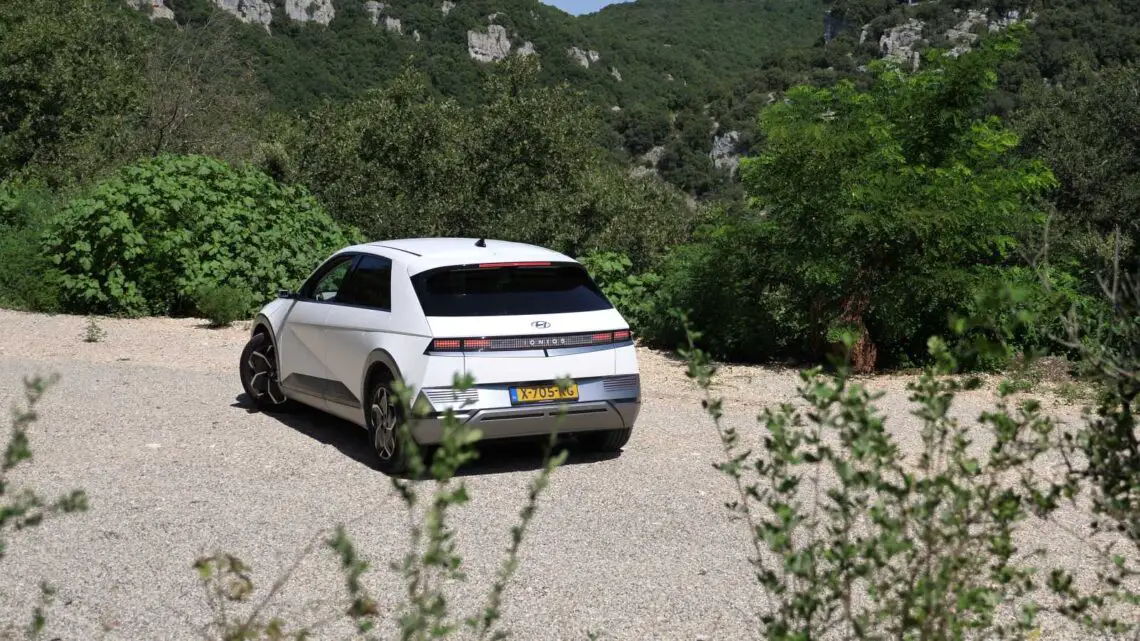Reportage: In the middle of the summer vacations with the fastest-charging electric car to southern France
Taking an electric car on vacation to France
With over 1.3 million vacations, France is once again the favorite destination for vacationing Holland this year.
Southern France is therefore the perfect final destination for our test.
We type Montpellier into the navigation system of the IONIQ 5, and the adventure can begin!
According to the navi, we have some 1,350 kilometers and a travel time of 14 hours ahead of us.
Enough time?
The golden rule is to take a 15-minute break after two hours of driving, but we don’t want to make it too easy for the EV.
Let’s assume reality: an average driver – whether driving a gasoline or electric car – is ready for a pee break and a cup of coffee after three to four hours.
We therefore count on four short breaks.
But will those be enough to revive the IONIQ 5 and drive us to the south of France?
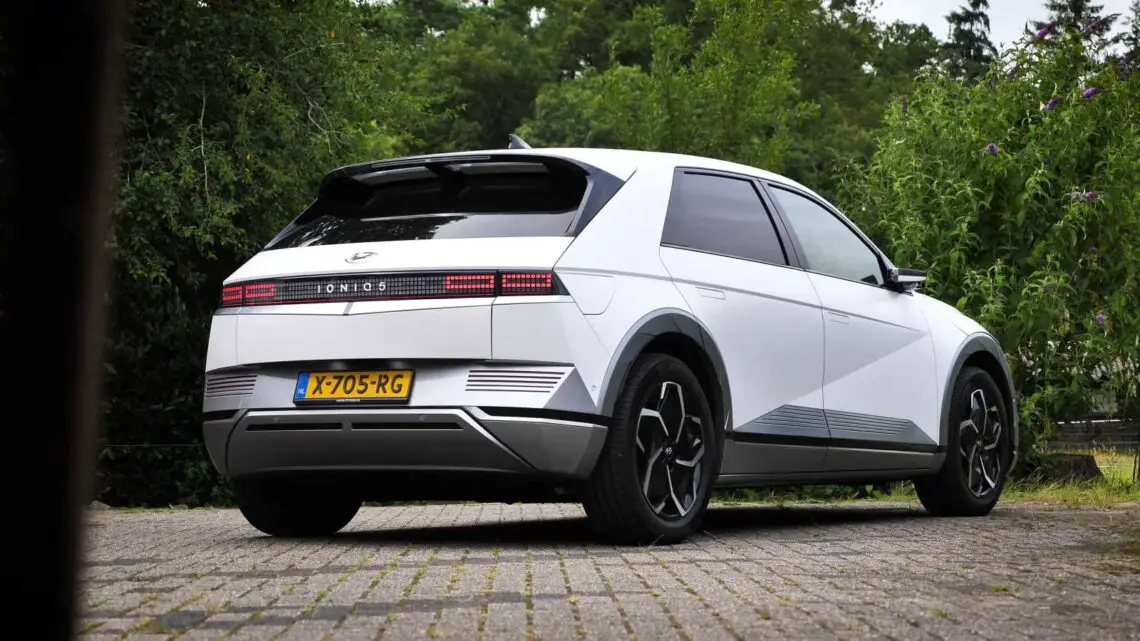
First loading stop: Belgian Ardennes
At 8:30 in the morning, we send the IONIQ 5 on the road.
Starting point: Hellendoorn, eastern Netherlands.
The first charging stop is planned in Eijsden, a village below Maastricht with a Fastned fast-charging location a kilometer from the border with Belgium.
Via Arnhem and Eindhoven, we arrive at the charger after 260 kilometers and 3.5 hours of driving, where we find two waiting EVs.



After waiting two minutes, we decide we still have enough power to find another charger.
We drive an hour into Belgium and stop at a Fastned location in the third highest place in Belgium: Baraque de Fraiture (652 m, in case you’re curious).
Here we have one waiting for us, but after five minutes there is space and we hang the Hyundai on the charger.
After more than 4.5 hours of driving, we desperately needed a break.
Pee, coffee and stretch our legs.
Soon we find out that the IONIQ 5 is ready to continue the journey sooner than we are.
Within seconds, we see the charger’s display shoot the charging capacity past 230 kW.
Although the battery still shows only 8% charge, according to the on-board computer it is back to 80% within 20 minutes.
If you hang around for a few minutes longer, it’s at 90 percent.
So hurry up, coffee and pee!
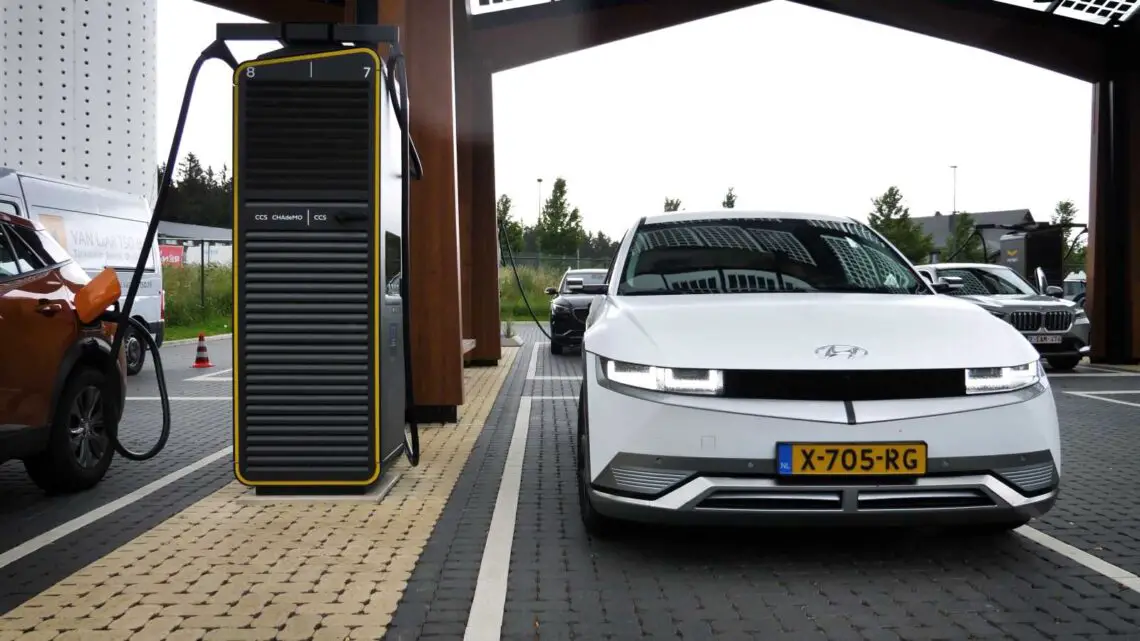

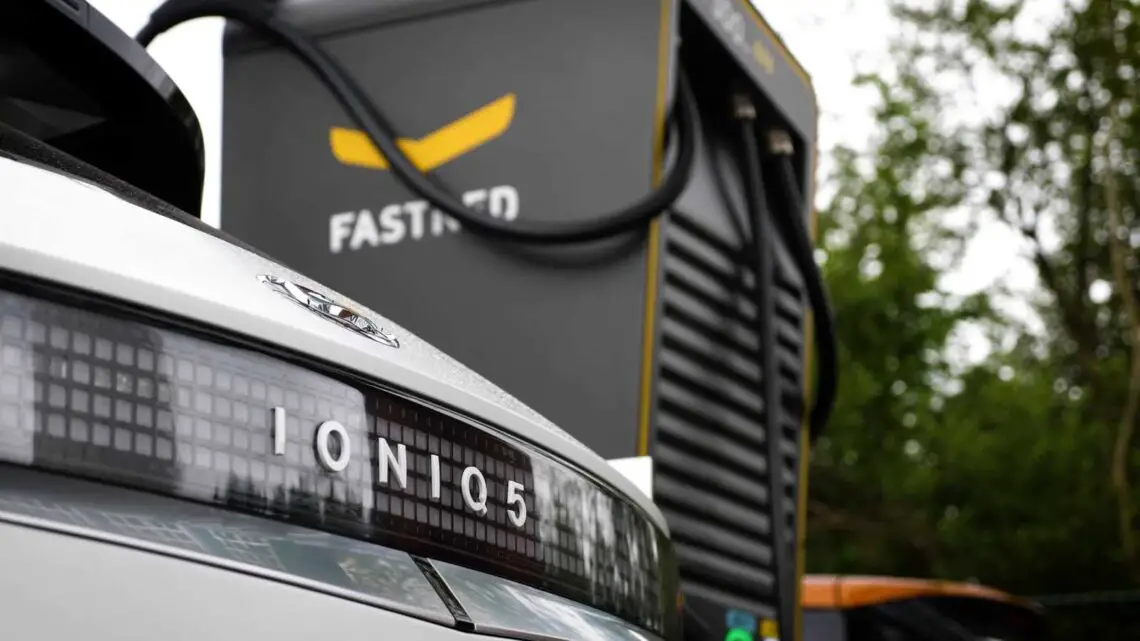
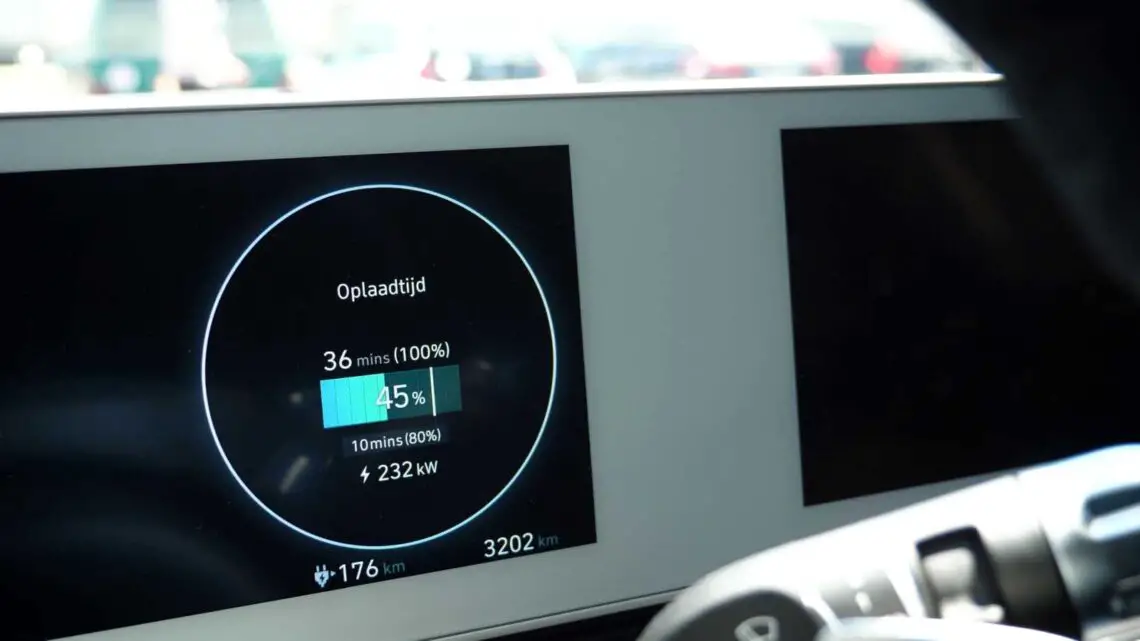
Second loading stop: Nancy
With about 85% battery charge, we hit the road again.
It is busy on the road and the weather is not cooperating.
After 200 kilometers and over three hours of driving, the Hyundai is not yet ready for a break but we are.
We drive the IONIQ 5 with the large 77 kWh battery and rear-wheel drive.
On paper, it gets just over 500 kilometers on one battery charge, but in practice it is around 400 to 450 kilometers.
After the summer, the updated IONIQ 5 will be on the market, with a slightly larger battery that will go 570 kilometers and can charge even faster: up to 350 kW!

Near Nancy, we stop again at a Fastned location.
The Dutch charging station provider is now well represented in France, as are Ionity and the Tesla with its Superchargers, which are now also accessible to other brands.
After about 15 minutes of charging, we get back in and continue on our way.
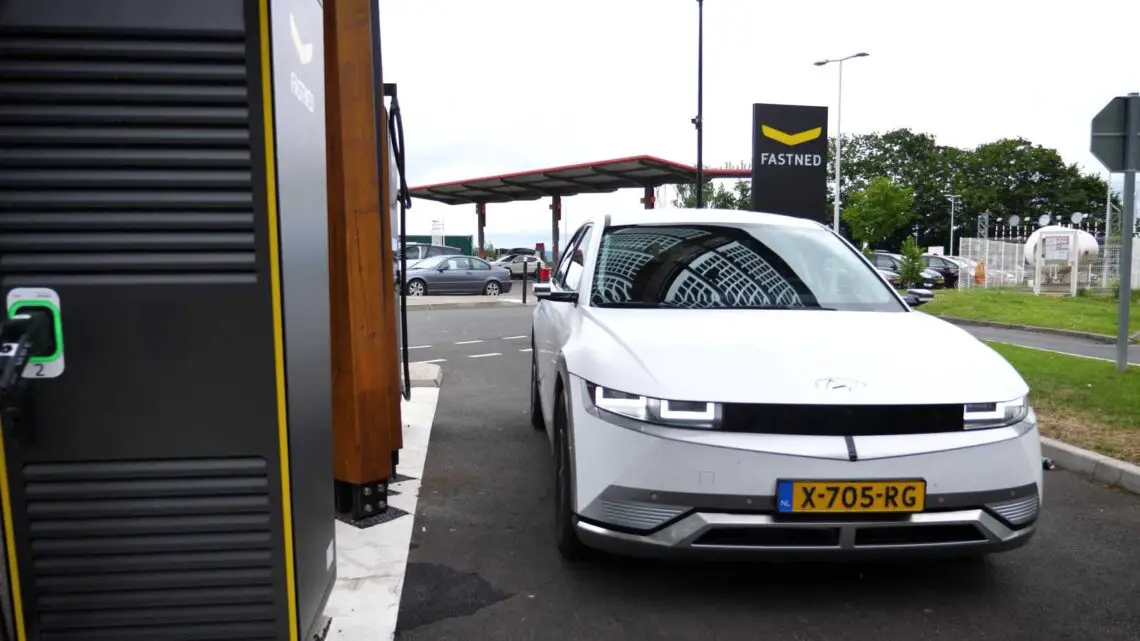
Third loading stop: Lyon
Speaking of the charging network, how is it doing in France?
In short: top notch.
The French have it even better than the Germans.
And that’s pretty special, because until two years ago, France was known for its lack of charging stations, and we even spoke of a “charging desert.
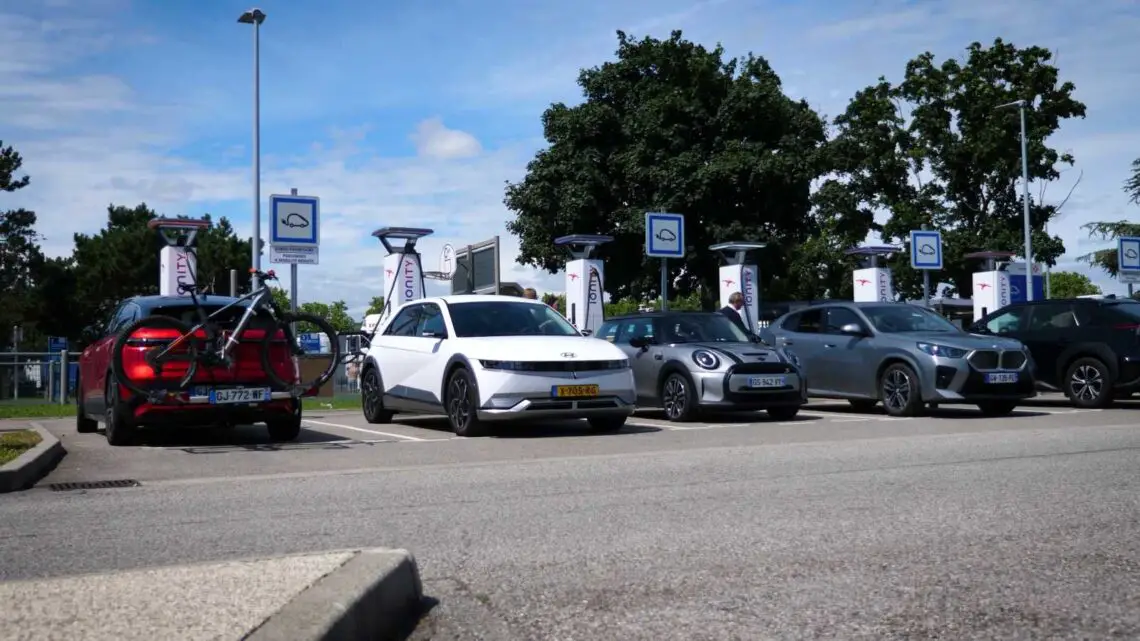
But the French have not been idle, and in recent years have created a gigantic charging network.
Along the freeway you will find a fast charger every 50 kilometers, and you will find charging stations even in the smallest villages.
You can also get fresh power at many supermarkets, hardware stores, campgrounds and roadside restaurants.
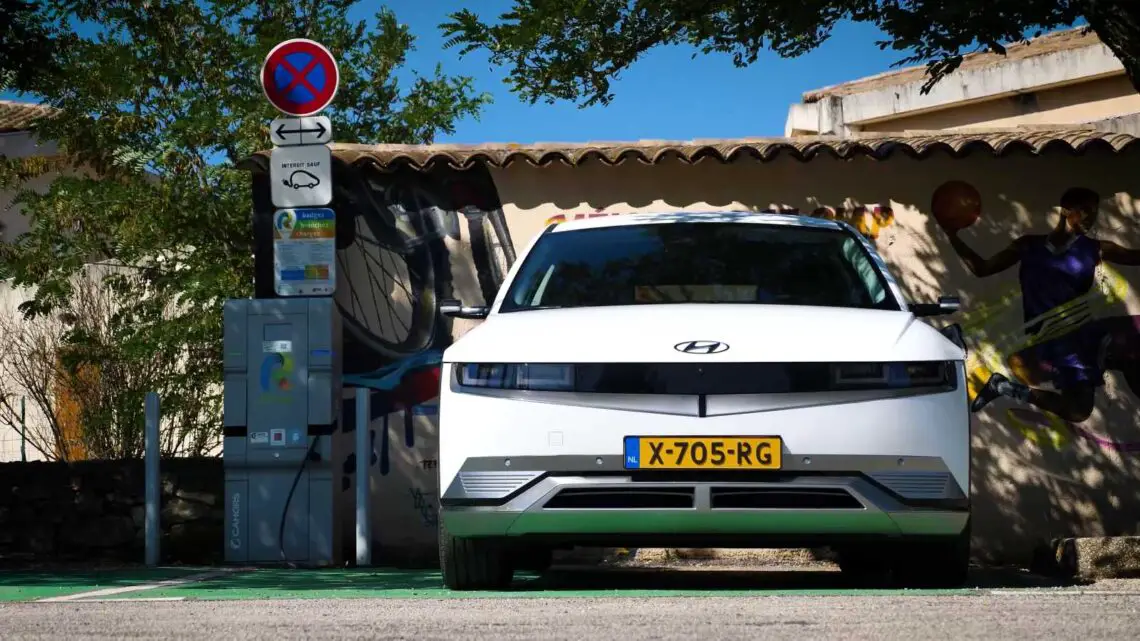
A handy app to find chargers in Europe is ChargeFinder.
It lets you easily see which chargers and fast chargers are near you.
Many cars, such as the IONIQ 5, also have all chargers listed in the navigation system.
So charging stress?
Not in France!
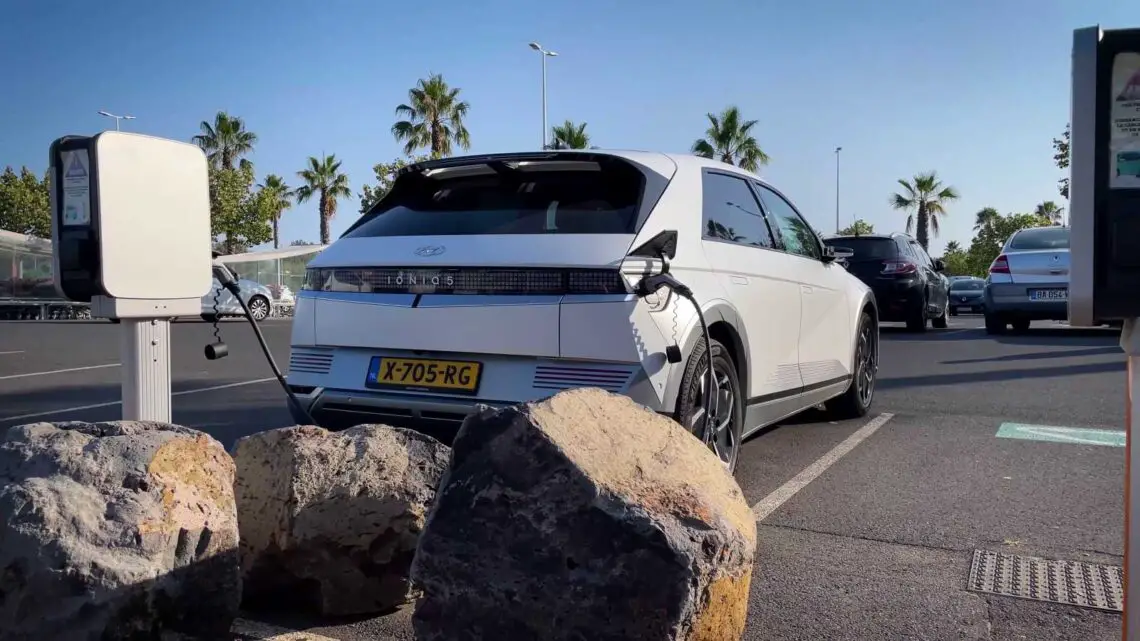
By now evening has fallen and we still have 200 kilometers to go to Lyon.
We decide to find a hotel near Lyon and drive the last few hundred kilometers to Montpellier tomorrow.
The handy thing about an electric car is that you can charge it while you sleep.
Through well-known hotel booking sites, you can indicate that you are looking for a hotel with charging facilities.
So in the morning we get into a fully charged IONIQ 5, fresh and ready to start the last leg of our journey.
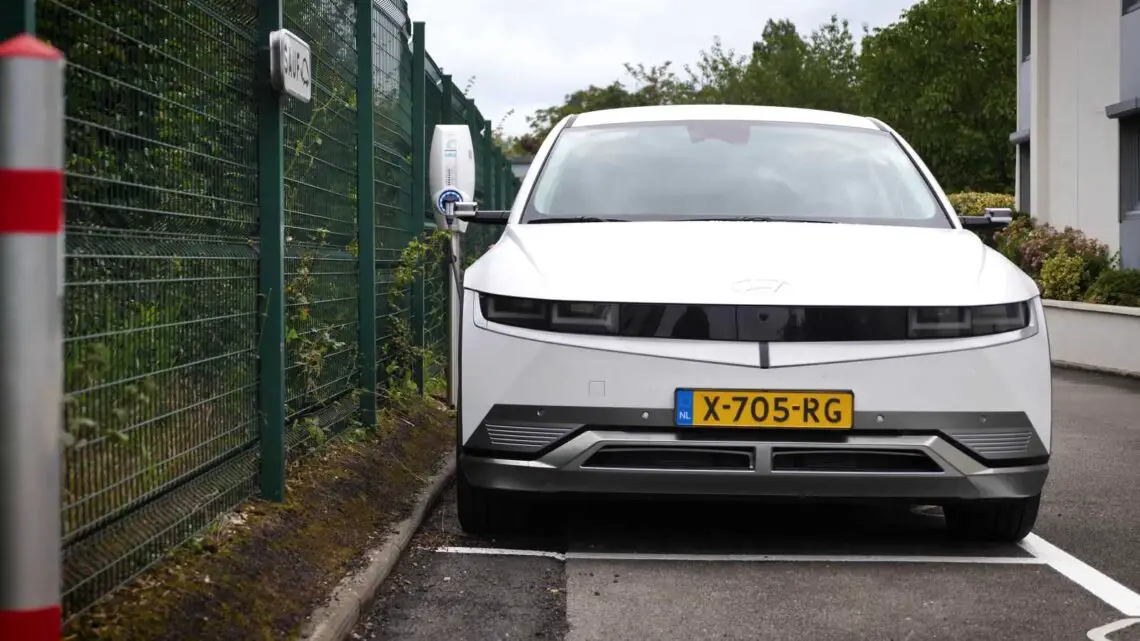


Final destination: Montpellier
We start the morning in rush hour traffic and take almost an hour to get out of Lyon.
Especially in the famous tunnel we are stuck, but also outside Lyon it does not progress.
Contrary to popular belief, long vacation traffic jams in the scorching sun are no problem for electric cars.
While gasoline-powered cars begin to sigh and groan in an hour-long traffic jam in the sun, an electric car uses almost no energy when standing still.
The only power you consume goes to the air conditioning, and an EV can easily keep that up for hours.
Most EVs can literally run the A/C for several days.
Try that with a gasoline-powered car in a traffic jam.
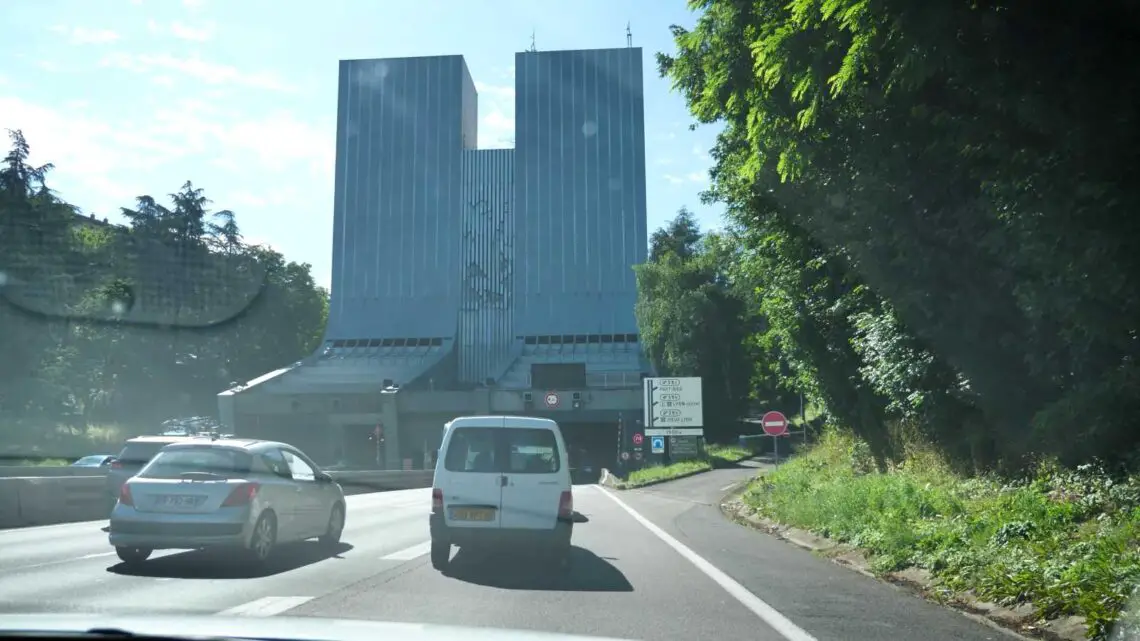
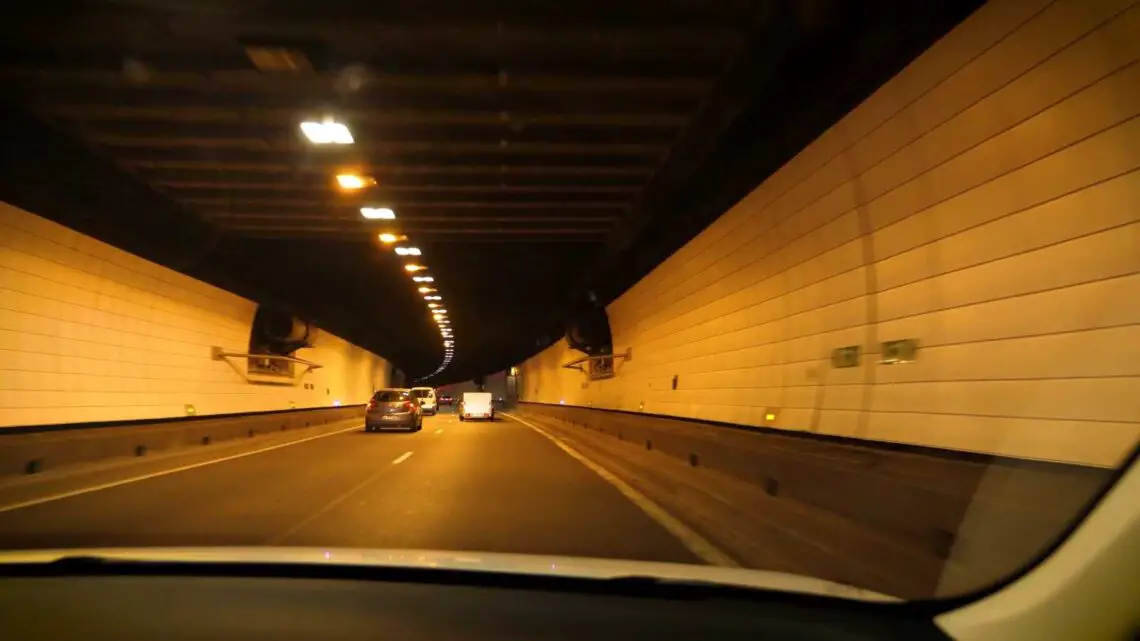

After a brief pee break at Montélimar – during which we immediately hook up the car to an Ionity charger – we arrive in Montpellier six hours after leaving Lyon, again at a Fastned location.
Total travel time, not counting sleep and traffic jams, is comparable to that of a gasoline-powered car.
The IONIQ 5 often finished charging faster than we did with our coffee.
With a gasoline car, we probably would have made our breaks longer, but with the EV we got a clear signal – the car has finished charging – that we needed to get back on the road.
So in 2024, driving an electric car to France really is a piece of cake.

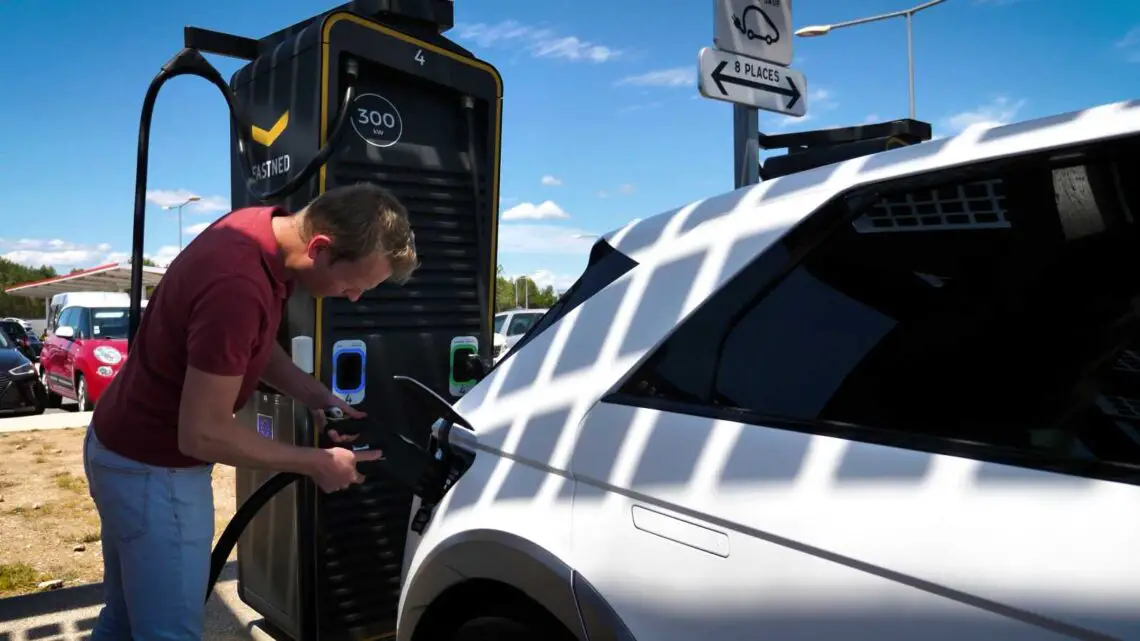
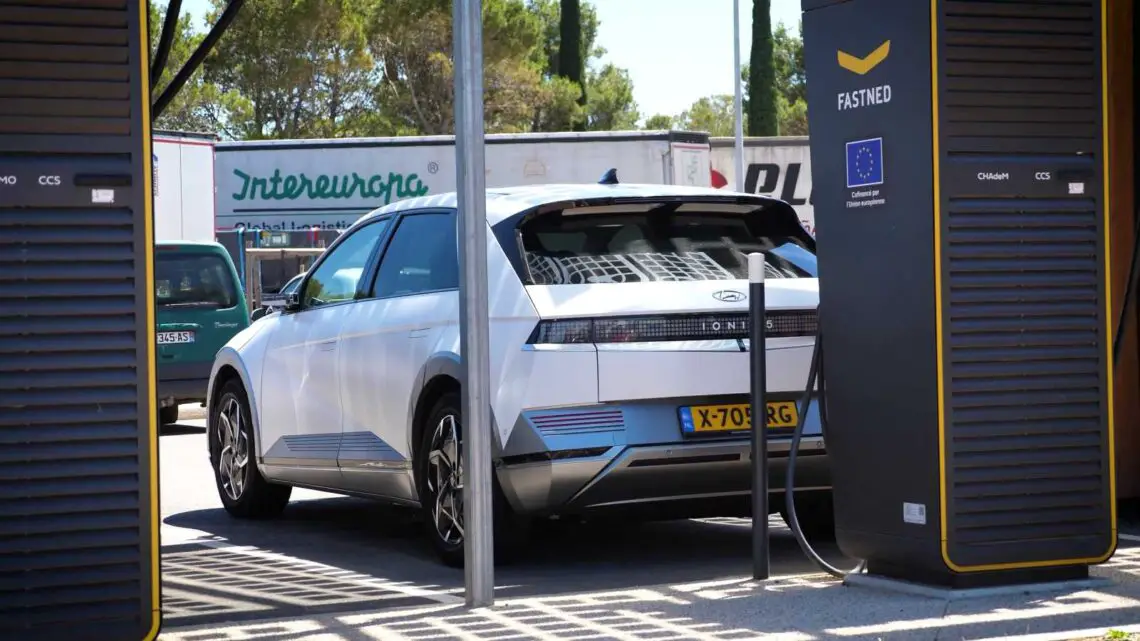
Conclusion Hyundai IONIQ 5
We’d be lying if we said that taking a long trip with any EV is this enjoyable.
The IONIQ 5 truly excels as an electric travel car.
Its impressively fast charging speed and solid range are still quite unique in its class at present.
Even above 80% battery charge, it can often charge even faster than competitors with a nearly empty battery.
And to think that the updated version adds to that.
It is also remarkably comfortable, with a forgiving suspension geared toward long-distance travel.
In addition, the generous 530-liter luggage space makes it perfect for families.
Not only in the back goes a lot of stuff, but also in the front.
The Korean is one of the few EVs with a practical, large storage space under the hood – the so-called “frunk” – that not only fits your charging cable, but also a few bags.
Want to know more about our trip?
Check out the travel vlog below:

